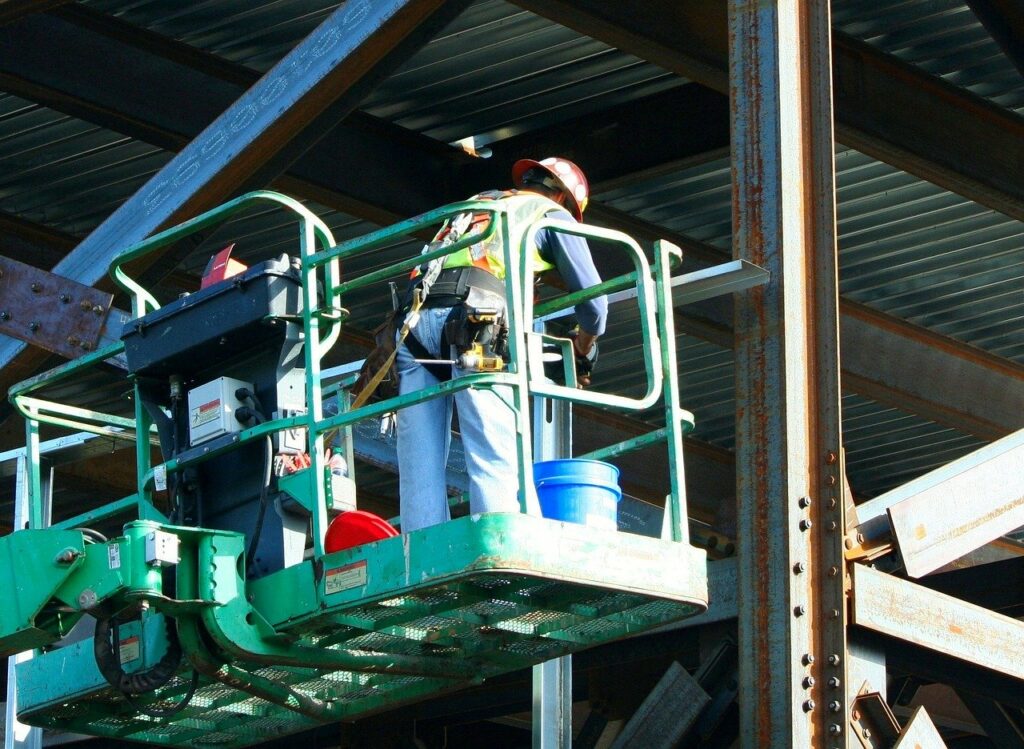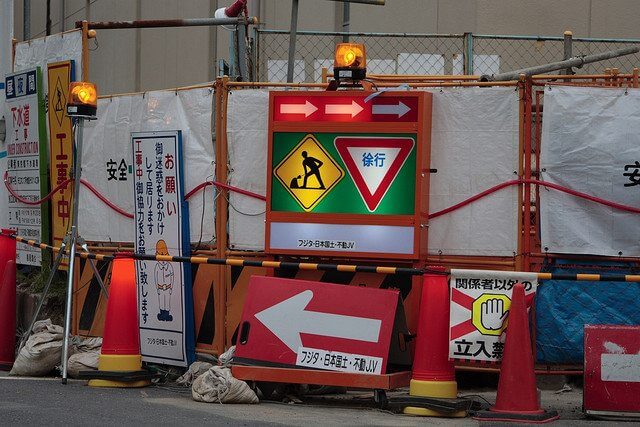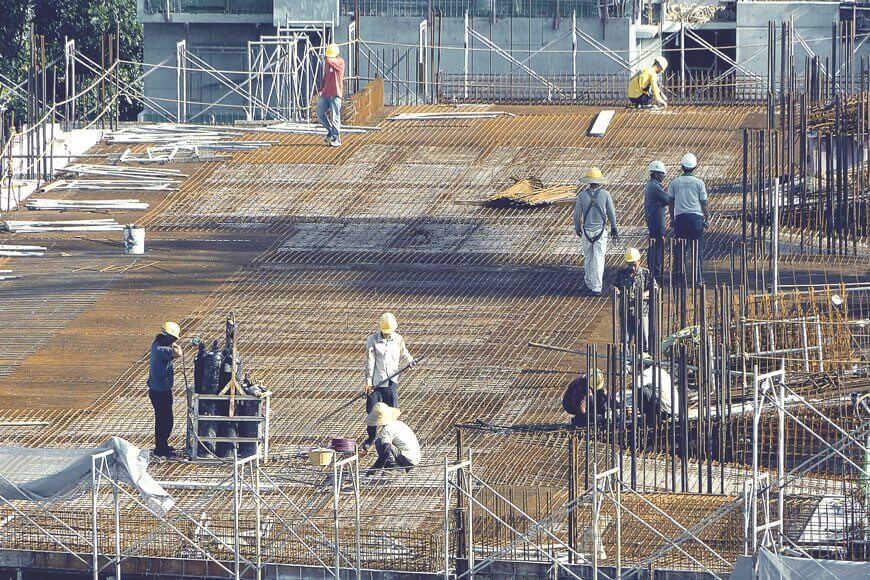This article is a brief but concise introduction to the core of organisational maintenance. According to the International Facility Management Association (IFMA), facility management is the “profession that encompasses multiple disciplines to ensure functionality, comfort, safety and efficiency of the built environment by integrating people, place, process and technology.”
While the International Organisation for Standardisation (ISO) defines it as the “organisational function which integrates people, place and process within the built environment with the purpose of improving the quality of life of people and the productivity of the core business.”
From these two definitions, we can infer that facility management coordinates all of a facility’s operations to make a facility’s organisation more efficient and more effective. To illustrate, your facility is basically your building and everything that constitutes it. Facility management makes sure that every object and person inside your building works harmoniously with each other with the facility manager making sure this is what’s indeed happening.
Facility management “entails the efficient operation of built facilities, which include office buildings, housing estates, schools and hospitals, among others.” It consists of a lot of “multi-disciplinary worksite activities to ensure the functionality of the built environment with common tasks like lift maintenance, cleaning services, pest control and landscaping.”
Let’s define ‘facility’ and ‘facility manager’
The term ‘facility’ encompasses a range of establishments with a diverse purpose, like providing services and goods. Conventionally, the term was associated with industrial offices and factories, but is now modernly used to also refer to schools, hotels, hospitals, retail offices, jails, etc.
These different facilities are a complex and elaborate organisation of individuals, teams, departments, equipment, tools, technology and other things. For processes and operations to run smoothly on a grander scale, facility management can be quite an overwhelming task. Thanks to modern facility management software, a very complex process is now simplified.
Facility managers simply are the ones responsible for ensuring that the components and systems of a facility work properly in a harmonious manner. In the words of IFMA, they “contribute to the organisation’s bottom line through their responsibility for maintaining what is often an organisation’s largest and most valuable assets, such as property, buildings, equipment and other environments that house personnel, productivity, inventory and other important elements of operation.”
Facility management and its scope
Facilities management, in a generic sense, can be deemed as managing anything within a facility and its operations. However, from the perspective of the International Facility Management Association, there are eleven core competencies of facility management:
- Communication
- Emergency Preparedness and Business Continuity
- Environmental Stewardship and Sustainability
- Finance and Business
- Human Factors
- Leadership and Strategy
- Operations and Maintenance
- Project Management
- Quality
- Real Estate and Property Management
- Technology
On a related article, we discussed how you can leverage available tools and technologies to become an outstanding construction or facility maintenance company.
What about the facility manager’s scope?
To execute proper facility management, a facility manager takes full responsibility in maintaining all operations within your facility. But beyond building maintenance management lies a few more important responsibilities, which includes:
- Allocating space and overseeing facility layout effectively
- Ensuring compliance with government regulations and industry standards
- Developing a business continuity plan
Most of these tasks can now be coordinated through project management or facility management software, which bridge towards the goals of facility management:
- Efficient running of operations
- Workers’ safety
- Compliance with building codes and regulations
- Cost savings
- Improved productivity
- Pleasing environment for both customers and clients
A facility management software enables your facility manager to track and reach the above-mentioned goals. Because facility management can be one complex coordination job, facility management software allows for easy and effective manageability
Did you know that investing in digitalisation allows for reactive management and predictive maintenance? Follow the link to learn why HSE and digitalisation is important for your facilities and projects.
Because the work environment that a facility manager operates in is becoming much more complicated, the integration of multiple disciplines is vital in ensuring the smooth operation of buildings and facilities. The incorporation of green construction and materials has added another layer of maintenance work.
If you are highly interested in digitising your facility maintenance and want to learn more how to go about it, follow the link and learn how preventive and reactive maintenance software can make a facility management team’s tasks more efficient. Or you can simply book a one-on-one coaching session for a more personalised educational discussion! Reach out to us and we will gladly answer all your questions and help you out the best we can.




